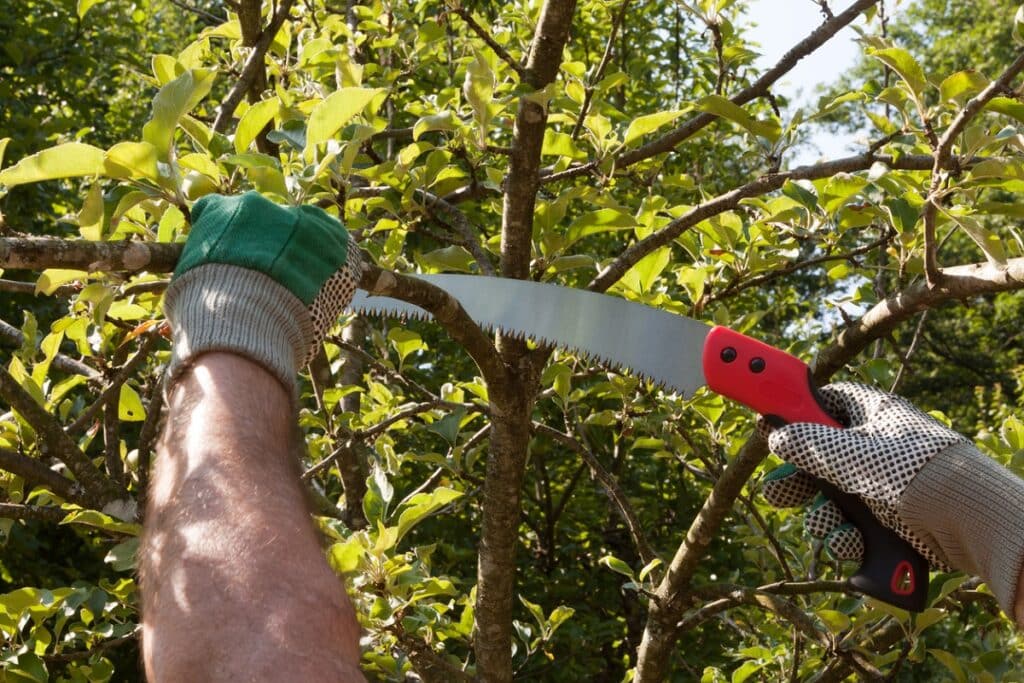With the fall season upon us, now’s the perfect time to maintain your trees and prepare them for the upcoming months. Tree trimming, which is a process known as pruning, ensures a healthy growth, prevents disease and improves structure.
Fall is a great season to prep your trees before winter arrives. Below are four top trimming techniques to help you ensure optimal growth for your trees.
1. Start With Structural Weaknesses
Trimming your trees for fall gives you the opportunity to check for any structural weaknesses, such as cracks and branches with narrow angles. These structural weaknesses make your tree more vulnerable to splitting under pressure from harsh winds and snowfall.
If you notice any dead or weakening branches, you can count on us to remove them. By prioritizing structural weaknesses, you can effectively reduce the risk of larger problems from occurring.
2. Be Mindful of the Timing
Although fall is generally the best time to start pruning, you need to properly time it. For example, you never want to wait until it’s too late to trim your trees. This is because trees start becoming dormant the closer winter becomes.
Pruning your trees right as winter is about to hit negatively impacts the tree’s ability to recover. Your best bet is to trim your trees early in the fall season so it can have enough time to heal before the first frost.
3. Remove Suckers and Water Spouts
Suckers are shoots that grow from either the roots or base of the tree. Water sprouts are shoots that appear on the tree trunks. Both of these weaken the overall health of your tree by diverting energy and diminishing its nutrients. Removing these shoots can redirect the tree’s energy back to where it belongs while improving its integrity and structure.
4. Remove Dead or Dying Branches
Branches that are dying or dead can cause risks to both you and the tree. Not only are they tripping hazards, but they also promote disease and increase the risks of a pest infestation. These branches are relatively simple to identify; keep an eye out for any branches that are brittle, lack leaves or those with a grayish hue.
Whether you only require a small amount of pruning or are dealing with a large, overgrown tree, these four tips are meant to ensure your tree has a safe and healthy growth. If you’re a resident of Salem, OR and you require pruning services, contact Altar Tree Service today.





